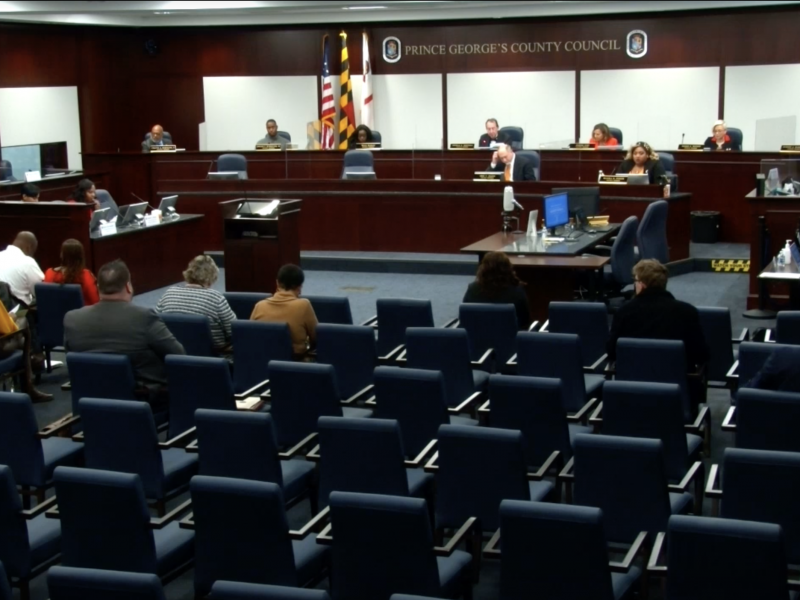Since its founding in 1996, Manila Mart has turned from a mere store into a gathering space and taste of home for many local Filipinos and Filipino Americans.
Located in a strip mall in Beltsville, the store brings Filipino goods and food such as chicken adobo, sisig, lumpia and pancit to the Washington, D.C., area. The store grew to include a cafe in 2011, serving fresh traditional Filipino comfort food and providing a space for community members to meet.
“I love seeing … different people coming in and running into their barkada [friends],” said Toni-Rose Bioc, Manila Mart’s manager and owner. “It’s so fun to see that happen.”
Bioc has been involved with the store since the beginning. After her parents moved to the United States in the 1980s, Bioc’s father started the business after seeing a need in the local Filipino community for goods and food from the Philippines.
Seeing it as a flexible way to earn money while taking care of Bioc and her siblings, her father ran the store. Bioc spent many hours there and took over after graduating from the University of Maryland, Baltimore County in 2015.
As the store has grown, Bioc said that she enjoys seeing the sense of community created between shoppers of all backgrounds.
[College Park businesses could receive up to $200K through business retention fund]
“I think it’s been really great to see what role we play in the community,” she said. “As Manila Mart has grown, I’ve noticed that it’s not just Filipinos that are coming in, which is really cool.”
AJ Accad, a senior civil engineering major at the University of Maryland, first visited Manila Mart when his older sister attended the university. He would go there to eat with his parents when visiting his sister.
Accad — who was born in the Philippines and often visited as a child — said he doesn’t often see his culture represented on campus. He has regularly kept going back to Manila Mart because the store is close to the university, and provides reminders of the food and atmosphere he grew up with, he said.
“It’s a good stopgap between going back home and getting Filipino food cooked by my dad versus trying and failing to make it myself,” he said. “Just listening in and being a fly on the wall, [it’s] almost like you’re back home in the Philippines.”
Freshman biochemistry and philosophy major Valeska Zitta also said Manila Mart helps her better connect with her culture.
“It can be hard to connect with your roots,” Zitta said, adding that she grew up in an area with few Filipino businesses.
She noted that the prevalence of Filipino and Asian small businesses is changing today, especially as more people immerse themselves in Filipino culture.
Food has become a common route for many people to discover Filipino culture, with Washington, D.C.-area restaurants such as Purple Patch garnering high praise and recognition this month as people across the U.S. celebrate Filipino-American History Month.
[Prince George’s County Council discusses restricting locations of cannabis dispensaries]
Bioc said the growing popularity of Filipino food is due in part to an increasingly diverse population.
“Just as the diversity is growing, so is everybody’s interest in trying different foods,” Bioc said. “I think times are just changing and people are becoming more accepting and adventurous.”
For Michelle Magalong, an assistant professor at this university’s architecture school, places like Manila Mart bring her a sense of community. She said that the store acts as a tie between community members, especially in an area with fewer Filipinos than her hometown of San Diego, she said.
“I often say, [Filipino American businesses are] kind of like a lighthouse,” Magalong said. “It’s to say, ‘We’re here, we exist.’”
Even if customers don’t know anybody in the store, Magalong said, it serves as a familiar and comforting landmark as they aim to connect with the foods and experiences they’re familiar with.
“It’s for people who may be lost … or who are homesick, trying to find the ingredients to make turon like their mom,” Magalong said. “It’s a place to find home.”



